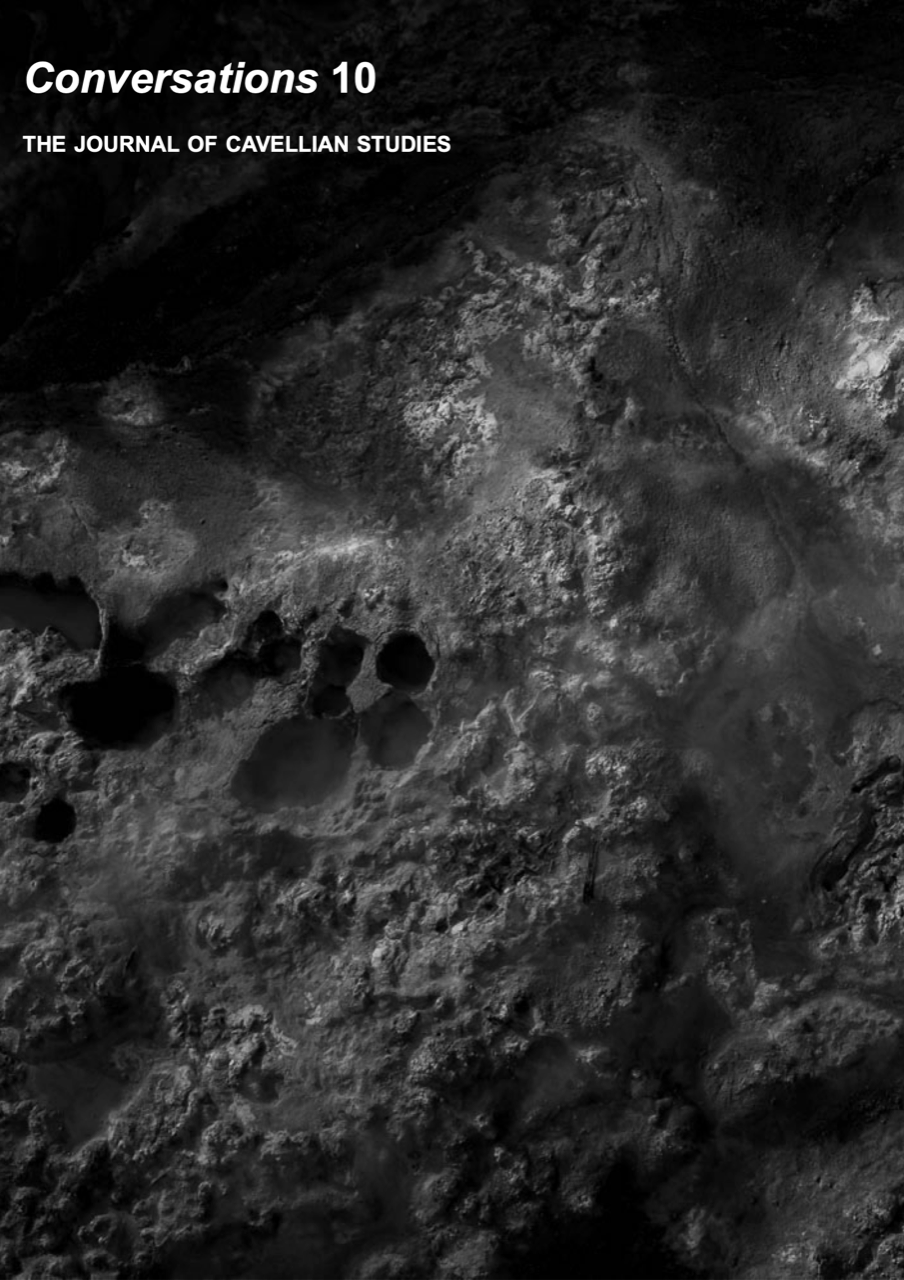Autonomy, Constitutivity, Exemplars, Paradigms
DOI:
https://doi.org/10.18192/cjcs.vi10.6613Abstract
This paper proposes an exploration of relationships and exchanges between the philosophies of Cavell and Kuhn by the study of aspects of the philosophy of Wittgenstein. Although the notions of language games and family resemblances used by Kuhn in The Structure of Scientific Revolutions have been elaborated by Wittgenstein, Cavell’s reading of Wittgenstein inspired that of Kuhn. I will attempt to show that against this background, Cavell’s conception of the relations of arts, works of arts, and artists, can be relevantly compared to Kuhn’s conception of the relations of sciences, scientific successes, and scientific practitioners. Three ways of elucidating the mutual exchanges between Cavell and Kuhn may be distinguished: One consists in clarifying the ways in which Cavell and Kuhn explicitly mutually inspired each other. Another one consists in clarifying that Cavell’s Wittgenstein inspired Kuhn. And a third one consists in clarifying that Wittgenstein inspired both Kuhn and Cavell and the ways in which he inspired them. This third way is not exclusive of the first two and even contributes to these by rendering explicit their stakes. For at stake is not only the restitution of the truth of an exegetical mediation: that Kuhn’s Wittgenstein cannot be truly understood without accounting for Cavell’s Wittgenstein. Rather the transitive character of the mediation implied by interpretation does not substitute for the intransitive character of a thoroughly philosophical inheritance. It is not the case that because Kuhn was inspired by Cavell who was inspired by Wittgenstein, that Kuhn could be inspired only by Cavell’s Wittgenstein, and not by Wittgenstein. Further, the question is not only philological but philosophical if we take into account the methods and the philosophy of Wittgenstein. To use an image: that a path was indicated by someone to someone else could not have implied that what was indicated by a person to another was oneself; this much was already known to us with the old fable of the moon, the finger and the sage. With this paper I will thus first seek to establish the relevance of the comparison of Cavell’s conception of the relations of arts, works of arts, and artists with Kuhn’s conception of the relations of sciences, scientific successes, and scientific practitioners. Then I will attempt to render explicit the unrestrictive limits of this comparison both to account for the mutual exchanges between Cavell and Kuhn and consider or bring out some symmetries and asymmetries concerning the place of paradigms in sciences and arts.
Downloads
Published
Versions
- 2023-02-16 (4)
- 2023-01-31 (3)
- 2023-01-31 (2)
- 2023-01-29 (1)

